External Wall Cladding Panels
1. Exterior Wall Panels
- Exterior Cladding
- Exterior Styrofoam Coating Models
- Exterior Cladding Models and Prices
- exterior cladding
2. Types of Exterior Panels
- Exterior Wall Cladding
- Exterior Wall Panels Prices
- Exterior Panel Assembly
- Exterior Panel Applications
3. Decorative Exterior Wall Panels
- Exterior Panel Dimensions
- Exterior Sheathing Panels
- Wooden Patterned Facade Panels
- Exterior Wooden Wall Panels
- Wooden Exterior Cladding Panels
4. Facade Panels
- Exterior Decorative Panel Cladding
- Exterior Decorative Panel
- Exterior Panel Wall
- Exterior Cladding Panels Prices
- Facade Wall Coating Panels
5. Conclusion
Thermal insulation, exterior sheathing application is based on the principle of applying materials with very low thermal conductivity and low surface emission to the facade of buildings. It is important to note that exterior wall panels and factors affecting performance may change over time as material age or environmental conditions change.
You can continue to follow us to have information about the curtain wall materials planned to be used in buildings. You should pay attention to which one you prefer among the facade cladding panels such as stone, wood, glass. You can also choose to use them together and create your original designs.
Manufacturing of jamb models and jamb on building facades and as a final process, jamb assembly is done by us as Metpor Jamb and Sheathing. The materials that we will use in the analysis of building decoration and villa jamb models are one step ahead with the advantage of being able to be produced in different models and sizes. Building jamb models provide a decorative view, especially thanks to the cornerstone application, which has been known as building corner jamb models for centuries.
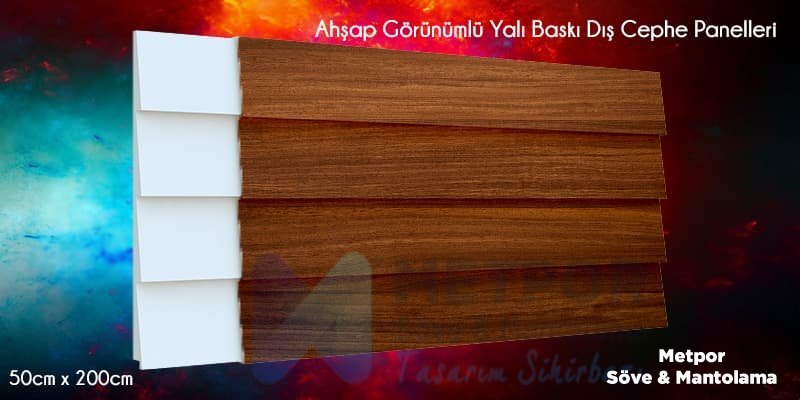
Exterior Styrofoam Coating Models
The thermal conductivity of the wall panels to be used for exterior cladding is low due to their porous or fibrous structure. Amorphous solids have more gas vacancies than crystalline solids. For this purpose, the thermal conductivity of such materials is lower. When choosing among exterior panel types , if all other factors are equal , " exterior panel application " with the lowest thermal conductivityis important in terms of providing the expected savings from the program to be made.
Facade Wall Coating Panels
The choice of material and the selected exterior cladding thickness are two important factors in the application of sheathing for the purpose of exterior cladding , which will be recommended as an exterior wall panel and to be made on the exterior of the buildings The heat insulation boards to be selected must not absorb water into their body.
Exterior sheathing strip with joint joint and siding printing facade coatings produced by Metpor Jamb and Sheathing are materials with zero water absorption rate. In addition, high vapor diffusion resistance, pressure and impact resistance, heat retention and heat transmission coefficient are also very important. However, exterior siding prices are among the leading priorities.
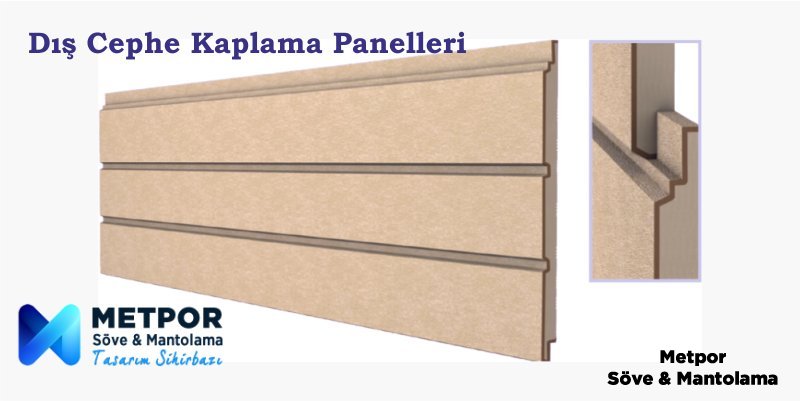
Facade Wall Coating Panels Applications and Material Specifications
Exterior styrofoam wall panels should have the following features.
- Thermal Conductivity ; Thermal conductivity, measured in W/mK, describes how well a material conducts heat. Note that it's Fourier's law. It applies to all kinds of substances, whatever their state (solid, liquid or gas), so it is also defined for liquids and gases. The amount of heat (in watts) transferred from an area of material of a given thickness (in meters) due to a difference in temperature. The lower the thermal conductivity of the material, the greater the ability of the material to resist heat transfer and hence the effectiveness of the insulation.that much increases. In general, gases have a low thermal conductivity (for example, air has 0.025 W / mK), while metals have high values (for example, copper has 400 W / mK). Commonly used sheathing materials tend to have a thermal conductivity between 0.019 W/mK and 0.046 W/mK.
- R-Value - Thermal Resistance ; R value (thermal insulation factor) is a measure of thermal resistance. The higher the R-value, the higher the insulation effectiveness. Thermal insulation has the units [(m 2 .K) / W] in SI units or [(ft 2 ° F · hour) / Btu] in imperial units. It is the thermal resistance of a unit area of a material. The R value depends on the type of insulation, its thickness and density. An area and temperature difference is required to dissolve the transferred heat. Construction industry R-value (resistance) It is the ratio of the temperature difference across an insulator and the heat flux density in it, expressed as the thickness of the material normalized to the thermal conductivity, under homogeneous conditions: R (x) = ∆T / q. The higher the R-value, the more the material prevents heat transfer. As can be seen, the resistance depends on the thickness of the product.
- U-value - Thermal Transmittance ; Thermal Permeability describes how well the material conducts heat . Thermal Transmittance is the inverse of the R value (i.e. 1/R) and the lower the U value, the better the insulation. The U-value is defined by an expression similar to Newton's law of cooling .
- Surface emission ; As written, heat transfer through any of these siding systems can include several modes: conduction through solid materials, conduction or convection through air in empty spaces, and radiation exchange between the surfaces of the solid matrix. Therefore, the diffusion of a substance also plays a very important role. The emissive , ε , of a material's surface is its efficiency as radiating energy as thermal radiation and ranges from 0.0 to 1.0. Emissivity is a factor by which we multiply the black body heat transfer to consider that the black body is the ideal state. The surface of a blackbody emits thermal radiation at a rate of about 448 watts per square meter at room temperature (25 °C, 298.15 K) .. Real objects with emissivity less than 1.0 (eg aluminum foil) emit correspondingly lower rates of radiation (eg 448 x 0.07 = 31.4 W/m 2 ).
- fire resistance ; Thermal insulation materials must have fire resistance classification. This classification is important because it can have an impact on the application of insulating materials. Normally the fire resistance classification is followed as a time limit of 15, 30, 45, 60, 90, 120, 180, 240 or 360 minutes, which indicates the time that performance criteria are met during a standard fire test.
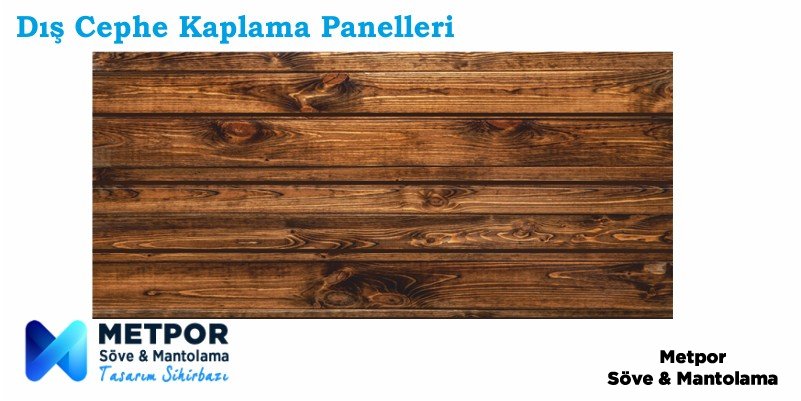
Exterior Wall Cladding Panels and Features
Exterior styrofoam cladding models, as we have explained above, are based on the use of materials with very low thermal conductivity . These materials are known as insulation materials, namely exterior cladding panels . Common insulation materials are wool, fiberglass, rock wool, polystyrene, EPS styrofoam - foam, polyurethane and goose down etc. These materials are very poor thermal conductors and are therefore good thermal insulators.
It should be added, thermal insulation with exterior wall cladding is primarily based on the very low thermal conductivity of gases . Gases have poor thermal conductivity properties compared to liquids and solids and therefore make good insulating materials if they can be compressed (for example, in a foam-like structure).
External Wall Thermal Insulation Panels
Air and other gases are generally good insulators. But its main benefit is the absence of convection . Therefore, gas-filled pockets prevent large-scale convection (radiation of heat) , with many insulating materials (egpolystyrene) having a number of functions . In all types of thermal insulation, evacuation of air in the free space will further reduce the overall thermal conductivity of the insulator.
It is extremely important that the site buildings are completely integrated. For this reason, what needs to be done is to make the same exterior applications in all buildings and the quality of each of them is the same. While making exterior cladding application, the visuality of the buildings is also considered today. For this reason , decorative jacketing application methods are preferred. When it comes to exterior cladding models , it is seen that there are different decorative exterior cladding materials .
Exterior Decorative Panel Cladding
The variation of the gas pocket and the solid material causes the heat to be transferred through many interfaces , which causes a rapid decrease in the heat transfer coefficient .
It should be noted that heat losses from hotter objects occur by three mechanisms (individually or in combination):
- Heat Conduction
- Heat Convection
- thermal radiation
So far we have not discussed thermal radiation as a form of heat loss. Radiation heat transfer is mediated by electromagnetic radiation and therefore does not require any medium for heat transfer. In fact, energy transfer by radiation is fastest (at the speed of light) and there is no attenuation in vacuum.
Any wainscot material that has a temperature above absolute zero emits some radiant energy. Most of this type of energy is in the infrared region. Although part of the electromagnetic spectrum is in the visible region.
To reduce this type of heat transfer, low emissivity (high reflectivity) exterior styrofoam wall panel materials should be used. Thermal insulation generally consists of multi-layered, highly reflective parallel siding foils placed to reflect thermal radiation back to its source.
The emissive , ε, of the surface of an exterior cladding panel material is thermal radiation, which is the efficiency as to emit energy and ranges from 0.0 to 1.0. In general, polished metals have very low emissions and are therefore commonly used to reflect radiant energy back to its source, as in the case of first aid blankets.
Ready-made practical exterior cladding types, which most of us perceive only as "sheathing", but which are created in many different ways, in addition, have the ability to jacket within their own body, are often forgotten. When we examine the wooden-looking exterior cladding models and their images, we can see many types of sheathing . Exterior wood-patterned styrofoam coating materials are economical compared to other " exterior cladding " material options.
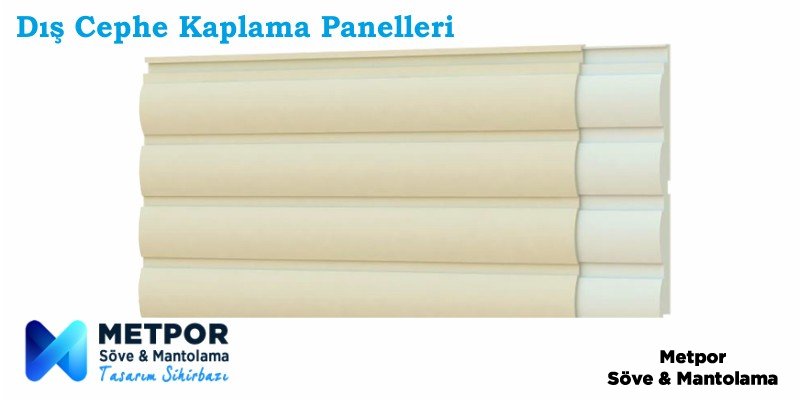
Exterior Cladding Panels and Thicknesses
In a plane wall, the area perpendicular to the direction of heat flow, which adds more siding panels to a wall, always reduces heat transfer. The thicker the siding models, the lower the heat transfer rate. This is because the exterior styrofoam cladding models always have the same area of the exterior.
However, in cylindrical and spherical coordinates, the addition of the siding panel also increases the outer surface, which reduces the convection resistance on the outer surface. Also, in some cases, a decrease in convection resistance due to an increase in surface area may be more significant than an increase in conductive resistance due to thicker "siding".
As a result, the total resistance can actually drop causing the heat flow to increase.
The thickness of the siding panel is called as the heat flow increases and then the heat flow decreases. This is called the critical thickness . In case of cylinder and sphere it is called critical radius. The critical insulation radius of the exterior wall panels can be derived depending on the thermal conductivity of the insulation k and the convection heat transfer coefficient h h.
Exterior Cladding Panels Prices
Exterior panel prices are calculated as 29.00 ₺ + VAT for 3 cm in m2 unit, and 32.00 ₺ + VAT for 4 cm. These jacketing styrofoam prices remain valid for 2019. While the prices of exterior cladding panels were 24.00 TL + VAT in 2018, prices increased in 2019 due to exchange rate fluctuations in Dollar and Euro currencies.
The prices of 2020 exterior cladding panels are 32.00TL + VAT for 3 cm sheathing plate, 34.00TL + VAT for 4 cm sheathing plate . These thermal insulation board prices are foreseen for siding printing jacketing and jointed coating, which are decorative jacketing typesYou can contact us through the communication channels for sheathing materials wholesale.



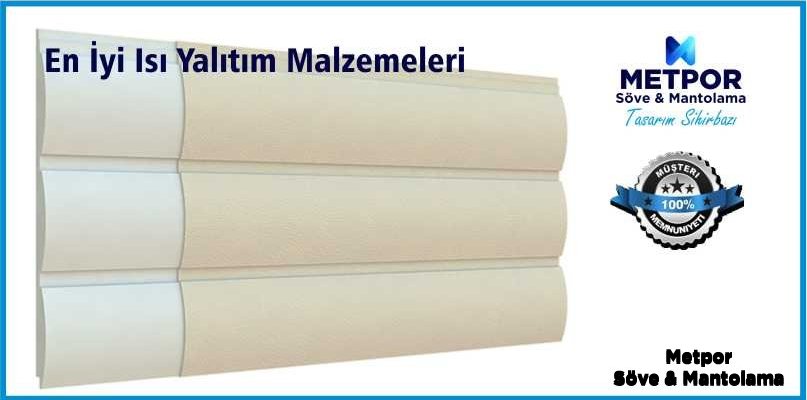
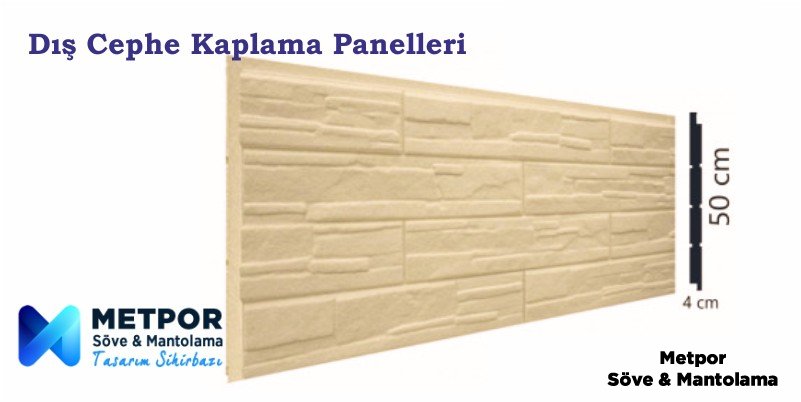

Metpor
info@metpordekor.com
Okunma Sayısı : 270